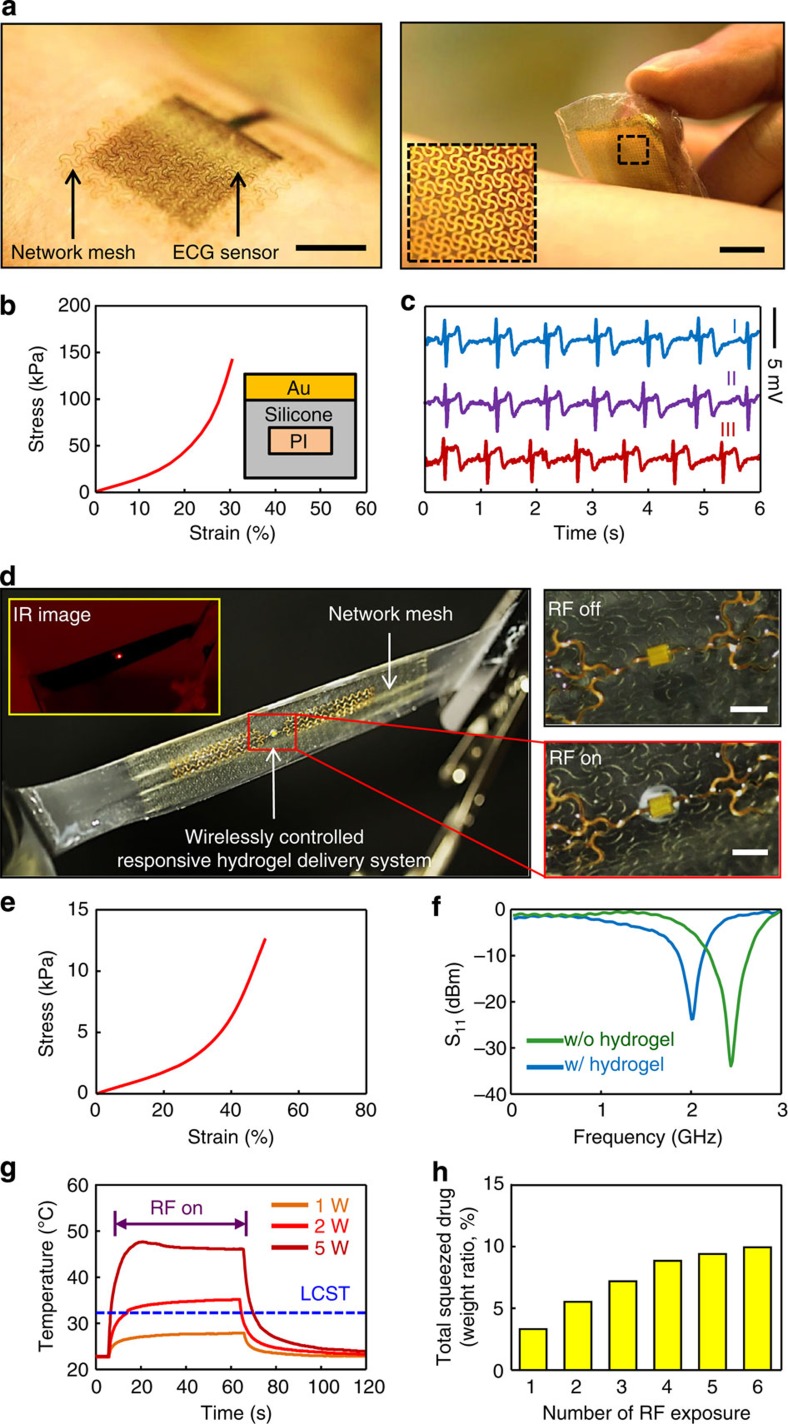Figure 6. Deterministic soft composite materials as substrates for skin-mounted electronics and wirelessly controlled responsive hydrogels.
(a) Lamination and delamination of a soft, skin-like ECG sensor onto the forearm. The magnified view on the right illustrates the filamentary serpentine metal mesh structures that define the electrodes. All scale bars are 1 cm. (b) Stress–strain measurements on this device and schematic cross-sectional illustration. The wavy polyimide network used in the composite substrate adopts a triangular lattice of horseshoe building blocks, with θ=120°, w=40 μm, t=55 μm. (c) ECG signals measured using devices without (I, blue) and with (II, purple) the soft composite substrate. The result (III, red) corresponds to a measurement performed after applying and removing the device with composite substrate 20 times. All signals show expected PQRST features in the waveforms. (d) Optical and infrared (IR) images of a wirelessly controlled responsive hydrogel delivery system. All scale bars are 1 mm. This system consists of three functional layers: a thermally responsive hydrogel membrane, a stretchable radio frequency antenna with Joule heating element and a composite substrate. As shown in inset IR image, the wirelessly activated heater locally increases the temperature of the hydrogel. As demonstrated in right two magnified images, when the temperature exceeds the low critical solution temperature (LCST) of the hydrogel, the material changes in phase from a swollen (transparent) to a shrunken (white) state, corresponding to a large volume contraction. This process induces release of the aqueous contents of the hydrogel (that is, water-soluble drugs) to the surroundings. The wavy polyimide network used in the composite substrate adopts a triangular lattice of horseshoe building blocks, with θ=150°, w=40 μm, t=55 μm. The stress–strain response appears in (e). (f) S11 coefficient measured from the wireless heating element, evaluated with and without the hydrogel. (g) Transient control of temperature of the hydrogel on the skin using the wireless heating element, and measured using an IR camera. The temporal behaviour during heating and cooling defines the phase of the hydrogel and the resulting delivery mode. (h) Total expelled water (weight ratio, %) as a function of number of exposures to RF radiation.

